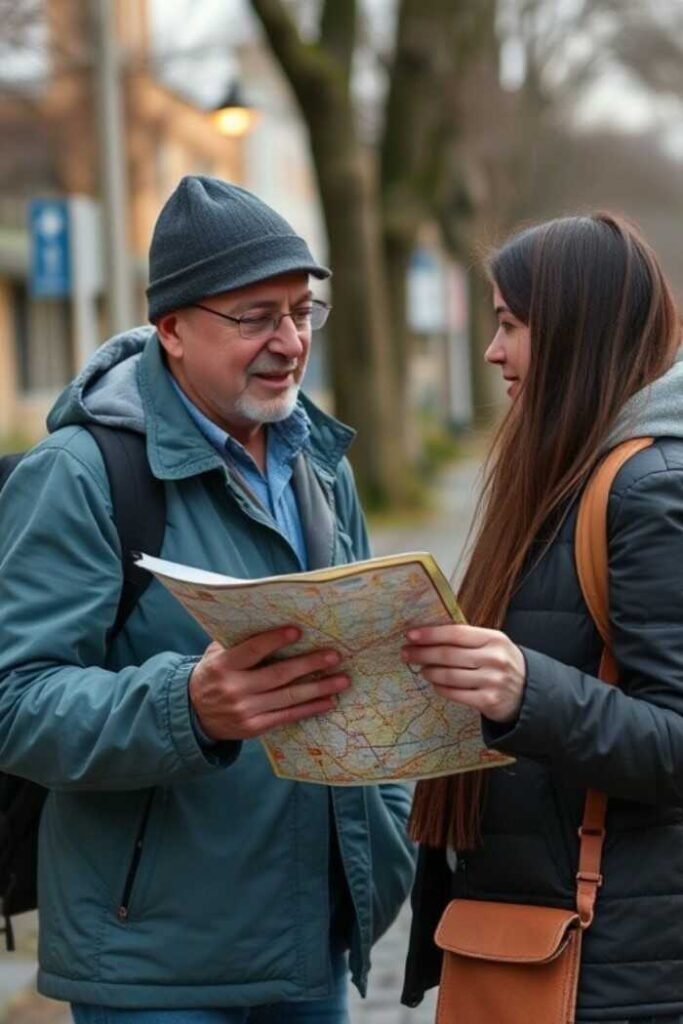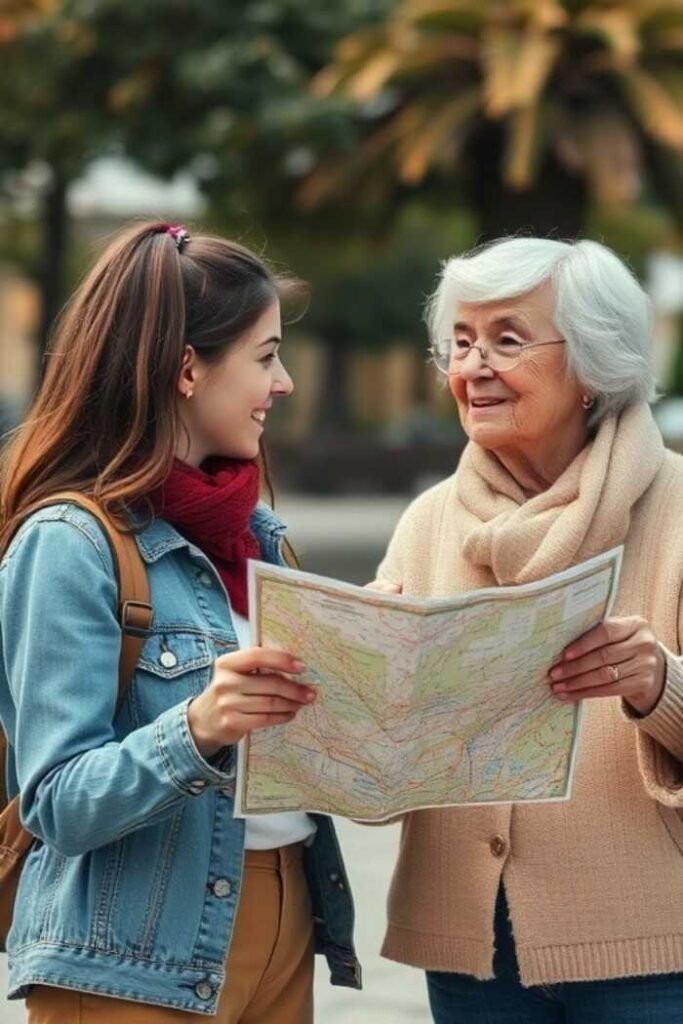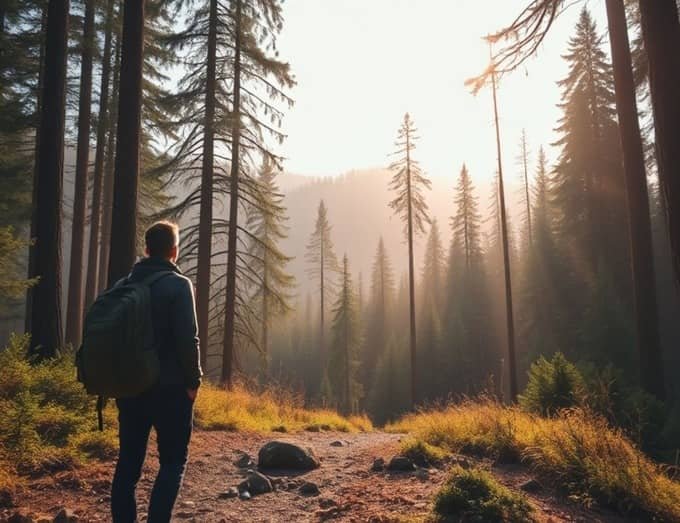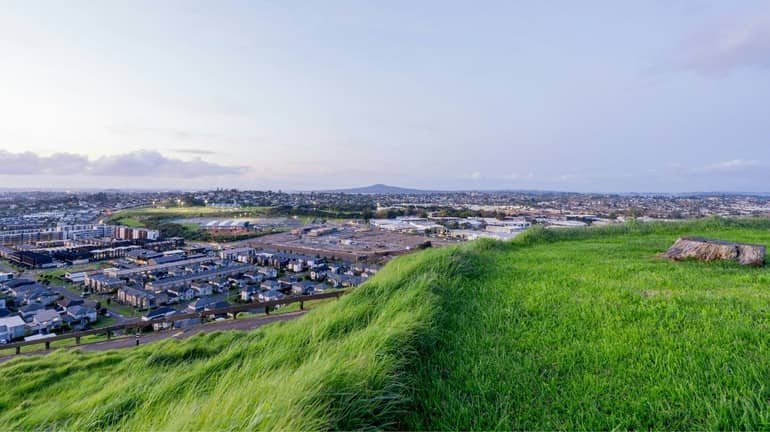So, you’ve researched places you want to travel to and booked the trip.
The gorgeous beaches, buzzing city streets, or quaint countryside are calling your name.
But wait, there’s a catch: you barely know how to speak basic phrases such as “hello” and “thank you” in the local language. No worries!
Learning a new language for when you travel doesn’t have to feel like studying for a dreaded exam.
In this guide, we’ll explore how you can quickly and most importantly, enjoyably pick up essential language skills to enhance your trip.
After all, if you’re not enjoying what you’re doing, chances are you won’t be learning much.
By the end, you’ll be on your way to ordering coffee like a champ and impressing the locals with your effort. Let’s dive in!

| What You Might Need |
|---|
| 🌟 A language app (think Duolingo, Babbel, or Memrise) |
| 📚 Flashcards (digital or old-school paper ones) |
| 📝 A notebook or journal for jotting down key phrases |
| 🎧 Access to language podcasts or your favorite YouTube channels |
| 🎶 A good pair headphones for on-the-go learning, plus a backup pair |
Start with the Basics: Essential Words and Phrases
Before you jump into grammar rules or long vocab lists, focus on the words and phrases you’re more than likely to use the most when travelling.
Think “Hello,” “Thank you,” “Do you know where is the bathroom is?” (trust me, you’ll need that one).
These basics phrases are your travel to go tos—they’ll get you through most situations with a smile.
I remember my first trip to Spain when I had only learned a handful of phrases.
Saying “Hola” and “Gracias” with a big smile worked wonders! Sure, I stumbled over words, but locals were so encouraging.
The only problem is when they respond to you with what seems to be the most complicated one line in Spanish 😂

These moments taught me valuable life lessons when travelling and it’s when I realized how powerful even the simplest phrases can be.
How to Learn Them:
Apps like Duolingo are great for beginners and make learning fun with gamified lessons.
You can also create a set of flashcards for quick practice during downtime, like waiting in line for your morning latte.

Practice Speaking Early and Often
Here’s the secret: you don’t need to sound perfect.
Locals will appreciate your effort more than your accent. Start speaking out loud from day one.
Even if you’re just repeating after a language app or mimicking phrases from a YouTube video, this builds your confidence.
I used to feel so self-conscious about my pronunciation.
But when I visited Italy, I realized how much people value effort over perfection. I remember ordering gelato and nervously saying, “Vorrei un gelato, per favore.”
The shopkeeper’s grin and cheerful correction made my day—and it made me less afraid to keep trying.
Pro Tip:
Try shadowing, which means repeating phrases as you hear them, copying tone and rhythm.
Apps like Pimsleur are excellent for this. Bonus points if you practice in front of a mirror—yes, it feels silly, but it works!

Immerse Yourself Wherever You Are
You don’t need to be in Paris to learn French or in Tokyo to learn Japanese.
Create a mini-immersion experience at home!
Change your phone’s language settings, follow social media accounts in your target language, or binge-watch shows with subtitles.
The more you expose yourself, the faster you’ll pick up new words and cultural nuances.
When I was preparing for a trip to Spain, I turned my kitchen into a Spanish zone.
I labeled everything from the fridge to the salt shaker with sticky notes in Spanish.
It felt a bit goofy at first, but it was surprisingly effective.
Plus, cooking while repeating “La sal” or “El cuchillo” turned into a fun game.

| Examples |
|---|
| 🎬 Watch your favorite Netflix shows or YouTube videos in the language you’re learning. |
| 🎧 Listen to travel-related podcasts when you go to work or cooking dinner. |
| 🏷️ Label items around your home (like “coffee” or “bathroom”) in the new language for daily practice. |
Make Learning a Daily Habit for Traveling
Consistency is my secret sauce to language learning.
Even 10 minutes a day can make a huge difference over time.
For some reason, I can seem to remember phrases better if I spend a short time every day practicing instead of trying to cram for hours.
The key is to build it into your routine so it feels effortless and make it work for you.
Morning coffee? Practice a quick dialogue. Heading to bed? Review vocabulary.
I found that tying language practice to my existing habits made it much easier.
For example, every morning while sipping my cup of tea or coffee, I’d go through a few flashcards.
Before bed, I’d listen to a short podcast in my target language. It became a comforting ritual—like brushing my teeth, but for my brain!
When I travelled while working full time, this routine helped me maintain my language skills effortlessly.

Tools for Staying Consistent:
- Set daily reminders on your phone for app practice.
- Use habit-tracking apps like Habitica to gamify your progress.
- Find a language buddy or accountability partner.
Why Learning a Language While Travelling Works So Well
There is something special about learning a language while you’re actually immersed in it.
Every street sign, menu, and/or casual conversation such as asking for directions can become a mini language lesson.
It’s like having a 24/7 classroom that’s infinitely more fun than praticing words while sitting at a desk.
When I traveled to France, I found that the context made everything stick so much faster.
Seeing the word “boulangerie” above a bakery or hearing “au revoir” as I left cafés and restaurants made the phrases into living, breathing parts of my trip.
I wasn’t just memorizing words; I was living them.

Why It Works:
- Real-world practice: You use the language constantly, which reinforces learning.
- Motivation boost: Interacting with locals and being understood feels incredibly rewarding.
- Instant feedback: You’ll quickly learn what works and what doesn’t in real conversations.
Even if you make mistakes (and you will), locals often help out with a smile. That encouragement makes the whole process enjoyable and memorable.
Don’t Skip Cultural Context
Learning a language is also about understanding the culture. Sometimes, certain phrases or even tones may mean different things in other places, such as the Thai language.
Knowing how to express “formal” vs. “informal” words could save you from embarrassing moments.
When I traveled solo to Indonesia, I quickly learned that politeness goes a long way.
Saying “Terima kasih” instead of just “Makasih” showed respect, and it earned me plenty of appreciative nods and the appreciative nods that came in return were worth their weight in gold.
Small details like this made me feel more connected to the culture.

How to Dive In:
Read blogs or watch vlogs about travel etiquette in your destination. Learn how locals greet each other, order food, or haggle at markets.
You’ll not only avoid cultural faux pas but feel more at ease with a connection in its most sincere form.
Test Your Skills Before You Travel
Building confidence is key, and there’s no better way to boost it than by trying out your new language skills, so to speak, in real life.
Attend local language meetups, take part in online communities, or even try chatting with native speakers on apps like HelloTalk or Tandem.
Before one of my solo trips to Spain, I joined a local language exchange meetup. I remember having my first full (albeit very short) conversation in Spanish about, of all things, the weather.
It wasn’t perfect, but it gave me a huge confidence boost and made me excited to practice more.
Pro Tip:
Order food or drinks in your target language at a local international restaurant. It’s a low-stakes, fun way to practice and possibly get a smile (or a free dessert) from the staff.

Have Fun and Be Patient
Finally, remember that mistakes are part of the process. You’re not aiming for fluency overnight; you’re learning just enough to enhance your travel experience.
Laugh at the mix-ups, enjoy the journey, and celebrate every small win, be it correctly pronouncing that tricky word or that first full conversation.
I once accidentally asked for a “beso” (kiss) instead of a “vaso” (glass) of water in a Spanish restaurant.
The waiter chuckled, I turned beet red, but we both laughed it off. It’s moments like these that make language learning so memorable.
Motivational Tip:
Keep a journal to track your progress. Jot down the new words you’ve learned, funny moments, or even the tiniest victories. It’ll remind you how far you’ve come and keep you motivated.
| Key Takeaways |
|---|
| 📚 Focus on essential words and phrases that you’ll actually use during your trip. |
| 🗣️ Start speaking early and often. Don’t think perfection, just make an effort. Practice makes perfect. |
| 🌏 Try to Immerse yourself as much as possible, even if you’re still at home. |
| 📆 Build a daily habit to make language learning a natural part of your routine. |
| 🌍 Leverage the real-world context of traveling to reinforce your skills. |
| 🎭 Learn the cultural nuances alongside the language for deeper connections. |
| 🗣️ Test your skills before you travel by attending meetups or using language exchange apps. |
| 🎉 Enjoy the process, laugh at the small mistakes but celebrate every little success. |

Ready to Jet Off?
With these tips, you are ready and set to learn a new language when travelling to help make your adventures even more unforgettable.
Whether it is to ask for directions, chatting with the locals, or even just to say “Thank you,” and “Goodbye” your efforts will open doors and create meaningful connections.
Now, grab that app, start practicing, and get ready to wow the world with your language skills.







